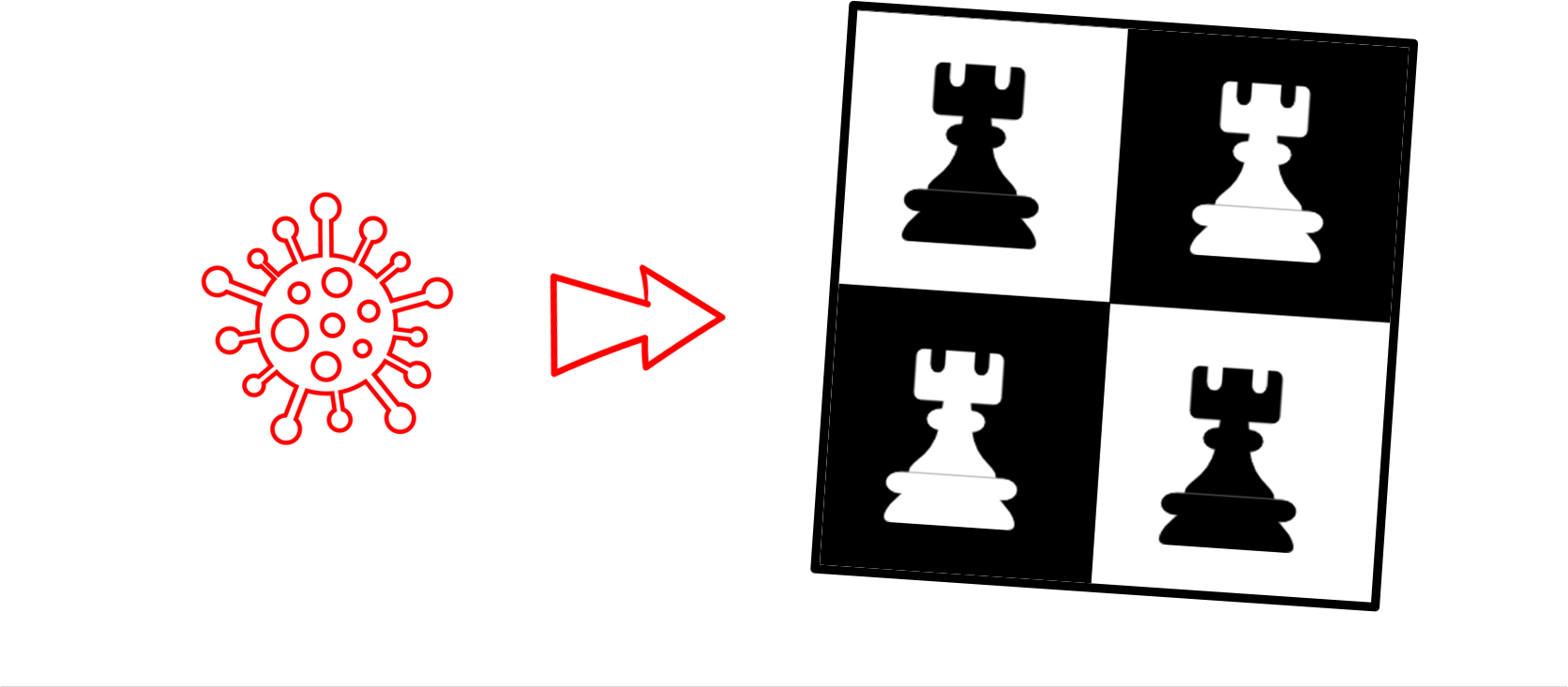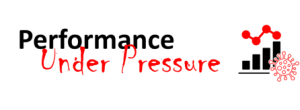Strategy Under Pressure
You have probably heard the saying: ‘If it’s easy it ain’t strategy’. Most would agree that it is true, even in normal times. But what about setting or updating strategy in a crisis? To say it is ‘not easy’ is very much an understatement.
Since the onset of the crisis a ‘new normal’ has emerged in respect of ‘how strategy is done’. Traditional strategy has been turned on its head. Watch the video to see how strategy has changed and may never be the same again. Then explore leadership perspectives on these changes and their implications (below).
Setting or updating your strategy during the Covid Crisis? Leverage the power of the new more agile, focused and innovative approach to strategy by talking to us.
Strategy
- Strategy has Changed
- Strategy is NOW
- Strategy is FOCUS
- Strategy is Resilience
- Strategy is Risk Mgt.
- Strategy is Anxiety Mgt.
- Strategy is Agile
- Strategy is Revival
- Strategy is Innovation
- Summary
Click on the tabs to explore:
8 Ways in which Strategy has adapted to the Crisis.

There is an immediacy to strategy like never before. Attention has turned from shaping the future to surviving the present.
Future thinking has been replaced by a focus on what is important now. Last year’s grand strategy is today’s tactical game plan. This is reflected in the following perspectives shared by leaders:
“What is important now? That is the question that we are focused on – it is the essence of our Covid strategy. The focus is on getting through the next 3 to 6 months”.
‘This is Plan B. Plan A was derailed in March as Covid struck’.
‘If last year’s strategy was about vision, this year’s strategy is about reality’.
‘This ain’t no blue ocean strategy! Last year’s strategic choices – have been replaced by a set of strategic imperatives’.
‘The sales, marketing and customer service elements of our strategy are critical at this time. We are adopting an increasingly proactive stance in the market. We have a game plan for holding onto customers as well as acquiring new customers, with a focus on key segments.’
‘…with so much uncertainty it is hard to look beyond the short term’.
‘The short term horizon is what matters most, the medium term horizon is what matters most… The long term horizon gets a lot less attention…’
Expansion has given way to focus, with new priorities driven by resource constraints and market realities.
Last year’s strategic choices have been replaced by constraints and imperatives. Difficult choices include reducing headcount, curtailing spend and moth-balling projects. With limited resources and pressing priorities, focus is the order of the day – as reflected in the following leader quotes:
‘Focus is more important than ever… a much narrower focus in terms of priorities… a focus on this quarter and the next.’
Resource constraints – it is like the ice age around here – so many projects and initiatives have been frozen.
The default mode is to hold off – to control sending, drive for savings, manage cashflow, press pause on fledgeling projects, push decisions out, etc.
There is a new impetus behind some decisions that we have been kicking down the road prior to the crisis. In the good times there was enough fat to be able to let dubious projects slide, but not any more.
‘There certainly have been casualties in terms of certain product lines and market segments. More important than ever are the core directional choices we make as a business. Those decisions about where we compete and how we win’.
‘Protecting the revenue from our core business is even more important now than ever. Those projects and initiatives that might be the next big thing, have had to take second place’.
People talked about resilience before the crisis, but it seemed academic. Today, we are all ‘experts’ in resilience – living and working with uncertainty and vulnerability. Every day leaders battle with staying positive and strong:
I guess you could say that our strategy is a containment strategy. To limit the extent of disruption to our business and to our customers.’
‘Our strategy is to get out the other side of this crisis with as few scars as is possible’.
‘It is like night and day. We started the year full of ambitious plans, innovative ideas and the confidence that comes from a long run of strong revenue and profit performance. Much of that ambition is now gone. The focus is on weathering the storm – coming out the other side in as strong and healthy a position as possible to be able to speedily pick up where we left off’.
‘We may have missed a step on the Kubler Ross model, but we left denial behind quite some time ago and have reached acceptance… If we loose 6 or even 11 months because of this pandemic then that is a reality we have to live with. A key objective is to be ready to capture the upside as soon as it happens’.
‘Setting strategy in this pandemic is a mind-game. It is essential to stay positive and to focus on the future. We cannot give way to doom and gloom. We can emerge from this stronger and more resilient as an organization’.
Risk and uncertainty has taken the place of confidence and ambition, as reflected in comments such as:
‘Keeping people safe is a priority. Not just safe from the virus as they return to the office environment, but in dealing with the demands of working from home – the uncertainty – the pressure – the extra work and so on.’
‘Managing risks and vulnerabilities is a key management priority at this time. That means planning for all eventualities in terms of Covid-19 restrictions – their impact on our operations as well as on our customers, suppliers and channels’.
Strategy equals spreadsheets and scenarios.
I am spending more time on financial management than ever before – running various scenarios regarding revenues, margins and cash flow. I feel at times like I have joined the Finance Team!
‘Staying future focused and positive is key, I believe. Our plan or strategy is aimed at managing anxiety and uncertainty – sending a signal of confidence and direction.’
‘Within the space of a few weeks we went from being confident and ambitious, to searching for hope. Our hope has been dashed a few times – the end of lock down for example we thought ‘ok, normality is slowly beginning to return’.
‘Connecting people to what is most important now is key. Reconnecting with our purpose and our clear priorities is essential. This gives people a beacon to guide the way amid uncertainty’.
Our ‘near term’ strategy is an attempt to answer key questions regarding the future and our success. But, there are few things we can be sure about and a lot of ‘strategic uncertainty’. How long before there is a vaccine available? How long after that will things return to normal? In the meantime, will demand soften further? What will happen to margins e.g. Will some competitors lower their prices simply to stay in business? How speedy and how aggressive should our internal cuts be?
The gap between strategy and execution has narrowed, with agility being the order of the day. The multi-year strategic planning cycle has been up-ended. The buzz words are resilience, agility and the pivot, as reflected in the following comments:
‘Tactics and strategy are now one… We are trying new things and assessing how they are being received in the market. We cannot wait months to find out whether something is working or not’.
‘The uncertainty in the environment means that there can be little gap between strategy and execution’.
‘The last strategy was 6 or 8 months in the making, but the updated strategy must be delivered in 4-6 weeks! And if all that were not enough, you are already ‘pushed to the limit in terms of long hours, the volume of work and, of course, remote working’. All this means there is little time to think, or at least to think strategically’.
‘Is a strategy born out of crisis different? With so much talk of burning platforms, nobody thought of a pandemic. Could Covid-19 be your burning platform? …your call to arms?
Could this pandemic be an inflection point? Something that, when looked back on in 3-5 years, might be seen as ‘a new beginning’ – ‘a turning point’?’
The crisis is affecting industries and organizations differently, with the rate of revenue decline being the key factor. At one end of the spectrum some industries (e.g. online retailers) have seen a revenue rise – those at the other end have seen revenues fall off a cliff (e.g. travel and hospitality). But organizational responses go beyond market realities to determine whether leaders focus on revival or survival.
‘The crisis is the ultimate test of leaders and their teams – can they reinvent their organizations, their channels, solutions and even their ways of working?’
‘They say: ‘Never waste a good crisis’. The pressure on revenues has highlighted some inefficiencies that we had put off dealing with for years. It also forced us to re-evaluate some legacy commitments – some pet projects and initiatives that no longer made sense and have now been scrapped.’
‘We are determined to emerge from the crisis in a stronger position… …our digital transformation has been moving at warp speed. We have future proofed our business as a result of this pandemic and it will have been achieved several years ahead of what had been originally planned.’
Nature of innovation has changed, with the focus on new processes, workflows, technologies – all brought around by remote working and digital channels.
Leaders don’t have the luxury of debating transformation any longer – changes that could have taken a decade have been foisted upon organizations overnight – including remote working and digital transformation.
Strategy is digital.
‘We have shifted our customer interactions to online channels. Our tech people have done amazing work to pull this off. The priority is to capture customer value and to get closer to our offline margins.’
- There is an immediacy to strategy like never before. Attention had turned from shaping the future to surviving the present.
- The gap between strategy and execution has narrowed, with agility being the order of the day. The multi-year strategic planning cycle has been up-ended.
- Last year’s strategic choices have been replaced by constraints and imperatives. Difficult choices include reducing headcount, curtailing spend and moth-balling projects.
- The buzz words are resilience, agility and the pivot. But these depend on mindset as much as strategy or even market reality.
- The crisis is affecting industries and organizations differently, with the rate of revenue decline being the key factor. At one end of the spectrum some industries (e.g. online retailers) have seen a revenue rise – those at the other end have seen revenues fall off a cliff (e.g. travel and hospitality).
- But organizational responses go beyond market realities to determine whether leaders focus on revival or survival.
- The crisis is the ultimate test of leaders and their teams – can they reinvent their organizations, their channels, solutions and even their ways of working?
- Nature of innovation has changed, with the focus on new processes, workflows, technologies – all brought around by remote working and digital channels.
- Leaders don’t have the luxury of debating transformation any longer – changes that could have taken a decade have been foisted upon organizations overnight – including remote working and digital transformation.
In this series called ‘Performance Under Pressure‘ we explore the impact of Covid-19 and Remote working on the success of critical projects and vital teams.

John Murphy
Email Us



